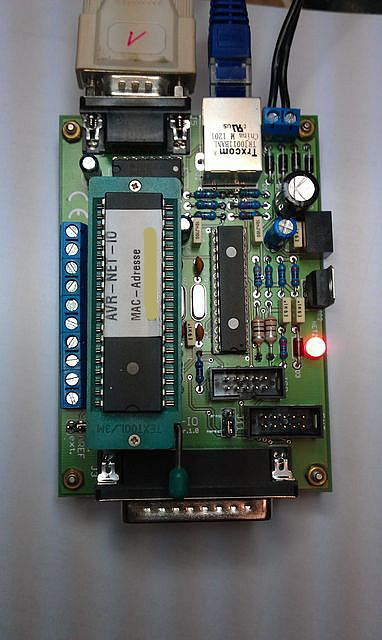
Each pin of any port has its name defined in io.h library so we can do this way: #include Let’s say we need first four bits as input with pull-up and last four as output. For this, we need to do some bit manipulation. As the fact, some bits may be used as output and other as input. But what if we need to control separate bits of a single port. This is OK if we need to affect all 8 bits at once. What we did here is wrote ones to DDR register that set the port as output and then sent some dummy value to PORTA pins. PORTA=0b10101010 //write ones and zeros to pins We already know that each port consists of three 8 bit registers: #include

Anyway, we need to learn to do it smart so code parts could be used on any AVR. When we cleared things out about hardware, it seems very easy to program them. Now it’s time to move on programming ports. But this is a thing that may be used in special cases and won’t be discussed later. As fact there one more as there is a special bit PUD in SFIOR register that disables all pull-ups if set to ‘1’. So generally we have four different states depending on DDRx and PORTx values. Otherwise, the pin will be left on the Hi-Z state, and you will need to connect external pull-ups to read pins correctly. As PORTx.n bit is free we can have some use of it – write ‘1’ to it to enable internal pull-up resistor. In this case, PORTx.n is disconnected from the pin, but there appears an ability to read pin value directly. If DDRx.n has logic ‘0’ value, then buffer enters the high impedance tri-state (Hi-Z). If PORTx.n bit is ‘1’ then it can source pin with VCC voltage and up to 20mA of the source in another hand, if logic ‘0’ is written then pin can source the target circuit. This will enable buffer to let bit through from PORTx register. To enable output to the pin, we need to write logic ‘1’ to DDx.n pin. When looking into this simple logic, we can see several variants of operation. X designates port (A,B,S,D,…) n designates pin number (0.7)Īs you can see each port consists of three registers DDRx PORTx, and PINx (for instance DDRA, PORTA, and PINA). But for a simple start let’s look at simplified port pin schematic.

If you try to look into any AVR datasheet, you will find port drawing which may seem a bit complex at the start. Let’s see how ports are organized in AVR and how to successfully control them.

So before using them, it is essential to understand every detail of it so you could effectively use in projects. It seems that each microcontroller type has its own port logic’s. Controlling pins is one of the first things to learn when learning microcontrollers.


 0 kommentar(er)
0 kommentar(er)
